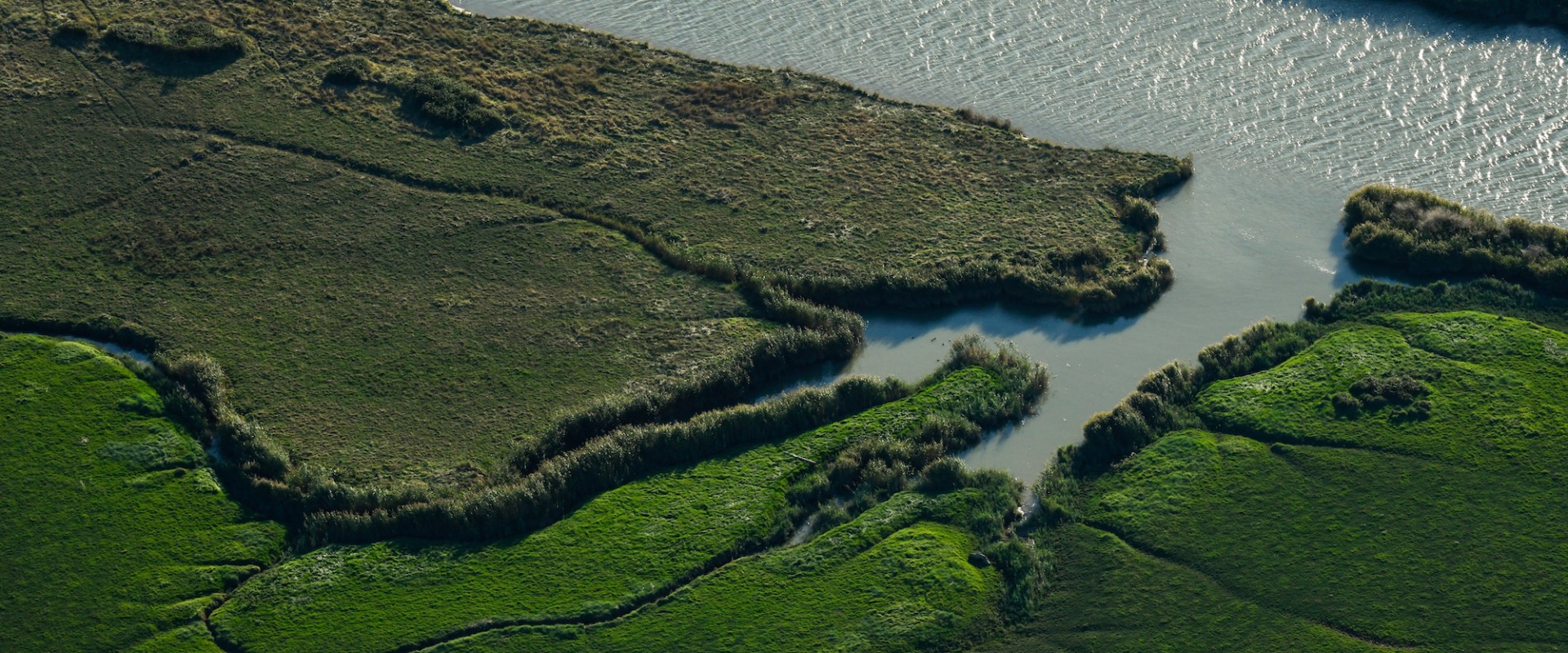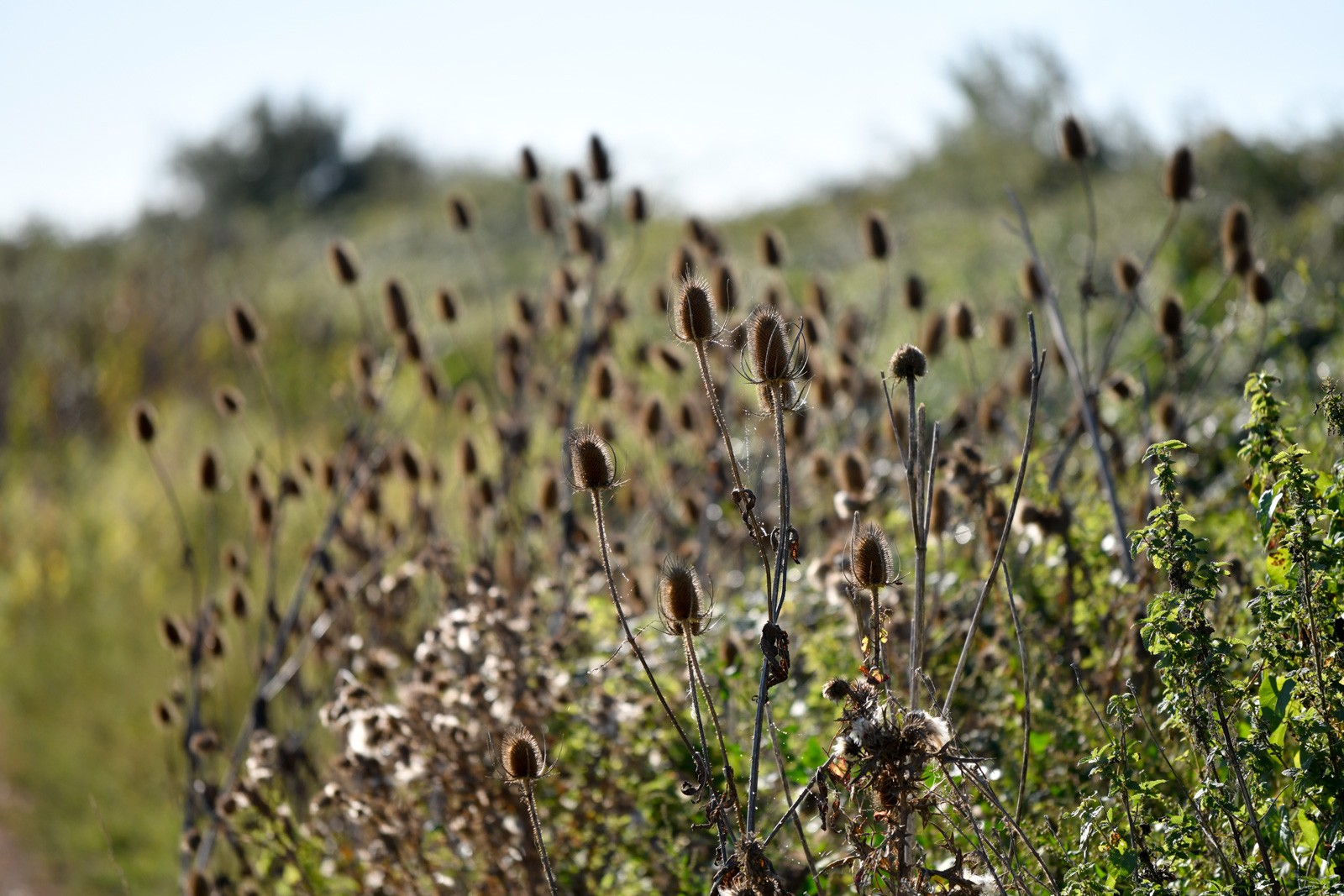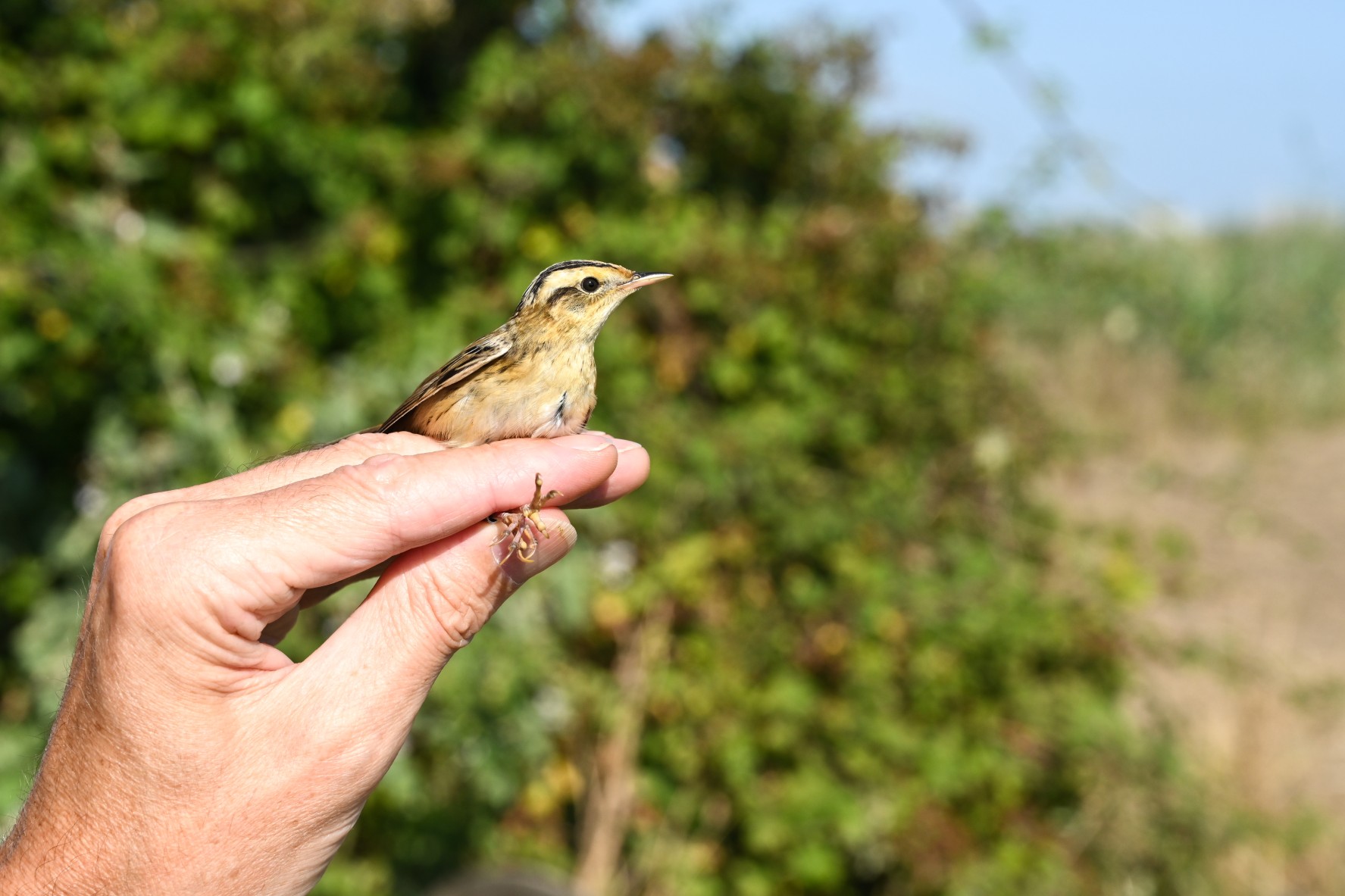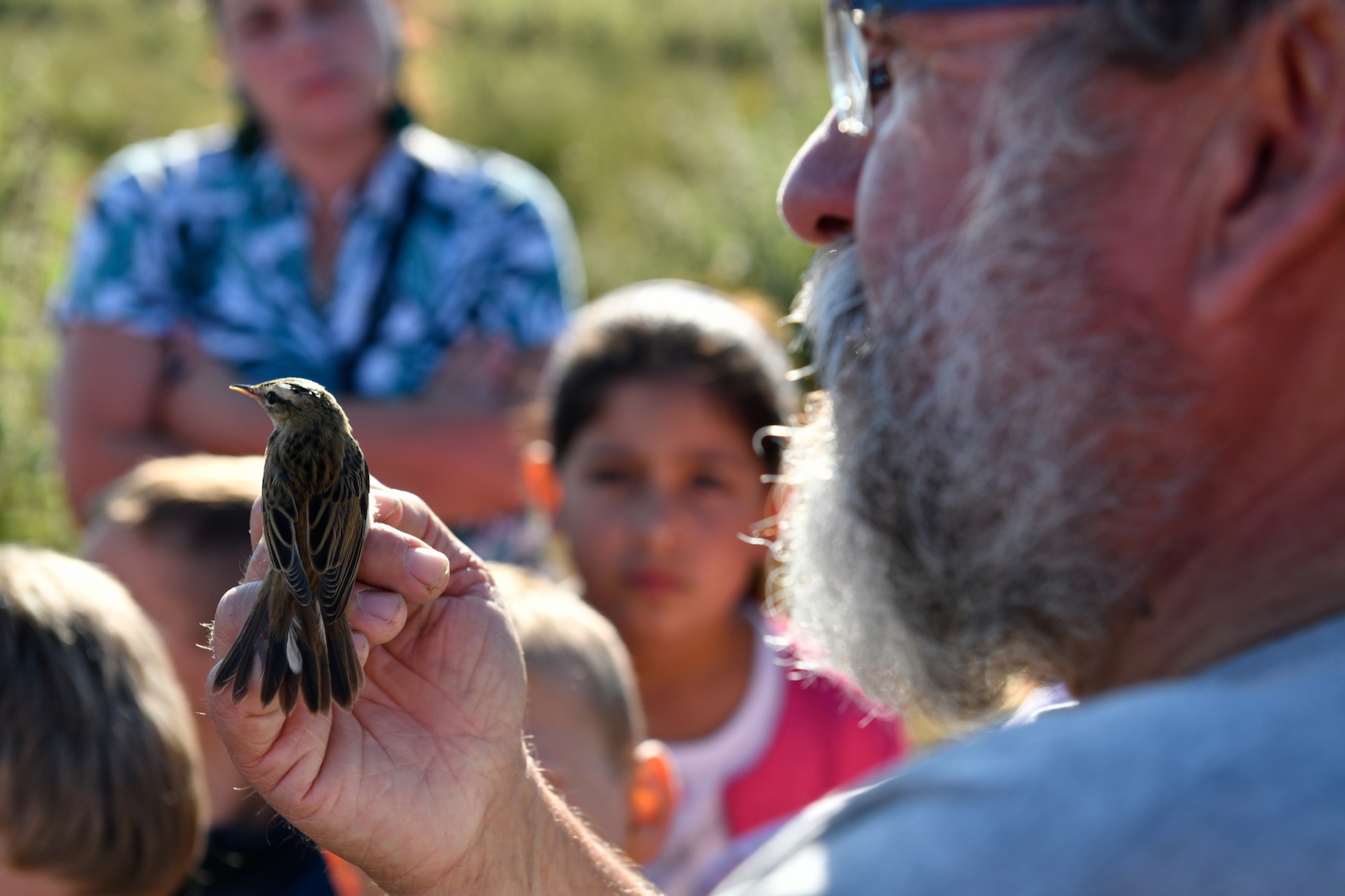
Spaces With a Natural Vocation
Managing the Loire Estuary’s Natural Spaces
In a Port Authority area covering 2 722 hectares, Nantes − Saint Nazaire Port manages approximately 1 077 hectares of natural spaces located all along the Loire Estuary, including major sites such as the natural spaces at East Donges, Le Carnet, Bouguenais, Montoir de Bretagne, the site to the north of the multi-bulk terminal, and the Le Priory site. Some additional, scattered plots of land covering a smaller surface area are subject to simplified management arrangements.
Nantes ‒ Saint Nazaire Port and the Council for the Protection of Coastal Areas (CPCA) are the two biggest owners of natural spaces on the Loire Estuary. Since April 2014, the management of the CPCA sites has been entrusted to Loire Atlantique Departmental Authority, which manages the largest area of estuarine natural environments (2 700 hectares).
Nantes ‒ Saint Nazaire Port maintains a regular and constructive dialogue with Regional Community stakeholders, to help establish a coherent management approach to the estuarine natural spaces:
- management of the natural spaces contained within the Port Authority area in liaison with the District Councils concerned and with Loire Atlantique Departmental Authority, which manages the natural spaces under CPCA jurisdiction;
- consultations with bodies such as the GIP Loire Estuaire Loire Estuary Public Interest Grouping, the Loire Atlantique Chamber of Agriculture, the Loire Estuary Scientific Board, and so on.

- 1 077 ha of natural spaces under direct management, 56 % of which are part of the Natura 2000 network
- 1 600 ha placed under CPCA management
- 15 766 birds inventoried during the bird-ringing operation conducted by ACROLA at East Donges, from July to October 2024
In order to enhance and to improve the biodiversity of these natural spaces, paying particular attention to all protected and endangered species, as well as to the habitats and ecological continuities concerned, whether terrestrial or aquatic in nature, Nantes ‒ Saint Nazaire Port carries out detailed inventories of fauna and flora with a view to establishing management plans.
The Key Components of a Management Plan :
1. Ecological diagnosis of the site, based on the inventories of fauna and flora carried out;
2. Definition of the issues involved, of the long-term objectives and of the related action plan.
The management plan forms the subject of consultations with the local public-sector and private-sector stakeholders, who are also members of the body responsible for monitoring the implementation of the management plan.

The Example of the East Donges Site
East Donges is a site of major natural heritage significance on the Loire Estuary, as evidenced by the fact that a large part of the site is protected under the Natura 2000 measures. It is an original natural space, which combines a 200-hectare area constituting the single biggest bank of reedbeds on the Loire Estuary, and the presence of sandy deposits creating interfaces with wet meadowland and temporary pools. These natural environments confer on the site biological functionalities the equivalent of which is found nowhere else on the Loire Estuary, concerning at one and the same time a variety of birds and amphibians, as well as insects typically found in sandy habitats. A coordinated management plan has been put in place. Covering a period of ten years (2016-2025), the aim of the plan is to mobilize all the players involved around common objectives, through the implementation of a multi-annual programme of action.
ACROLA
Since 2003, the Loire Atlantique Association for Ornithological Knowledge and Research (ACROLA) has been carrying out bird ringing operations every summer in the large reedbeds located to the south of the East Donges facility, to study the post-breeding migration of the marsh-dwelling passerines which use the zone as a staging area. The accumulated results are remarkable, revealing the East Donges site to be one of the three biggest stations in France, recognized at European level for aquatic warblers in general, and especially for the Acrocephalus paludicola, a critically endangered species of passerine.

Our Partners
GIP Loire-Estuaire
The GIP Loire Estuaire Loire Estuary Public Interest Grouping